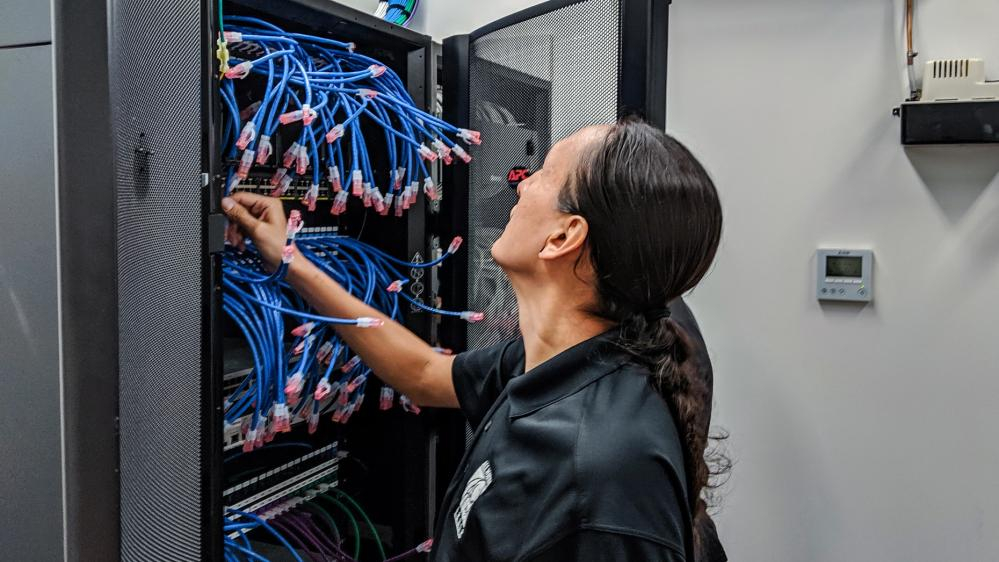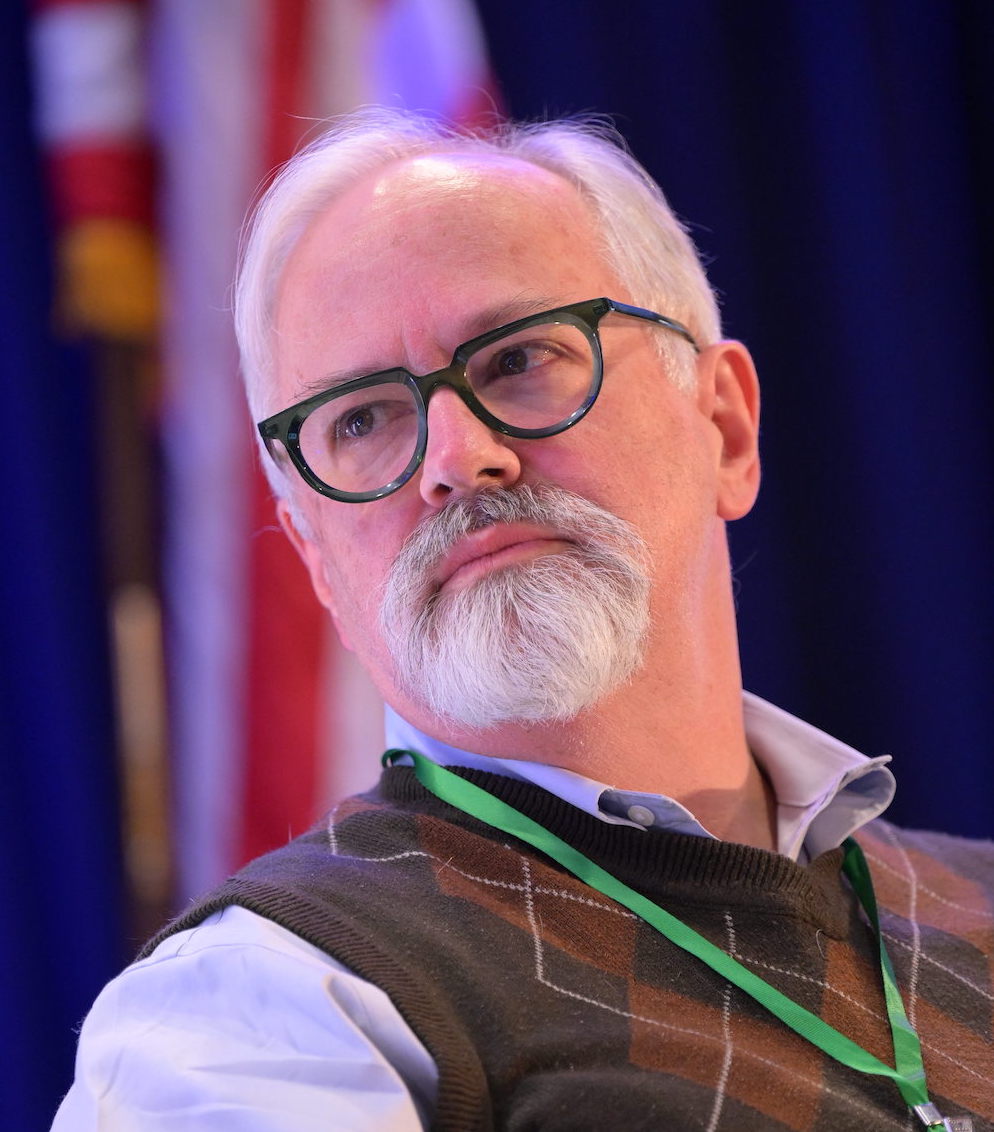
- Details
- By Brian Edwards
- Native Contracting
President Donald Trump signed an executive order on March 20 that could potentially disrupt Native contracting opportunities by consolidating federal procurement under the General Services Administration.
The executive order, titled “Eliminating Waste and Saving Taxpayer Dollars by Consolidating Procurement,” requires federal agencies to shift their purchasing of common goods and services to the GSA within 60 days.
While aimed at improving efficiency, the order could undermine specialized set-aside programs for Native-owned businesses, according to federal contracting experts. That could include programs such as the Buy Indian Act provisions, which authorize the Department of the Interior and Indian Health Service to give preference to Native-owned businesses in their procurement processes, as well as Indian Economic Enterprises (IEE) and Indian Small Business Economic Enterprises (ISBEE) set-asides, which provide contract preferences for Native-owned businesses.
“Buy Indian, IEE, and ISBEE set-asides aren't used on any of GSA's vehicles or any of the other government-wide vehicles,” said Justin Sikken, founder of HigherGov, a market intelligence site focused on federal contracting. “Those set-asides are sometimes used for technology purchases and other commodity purchases within IHS and DOI, though, so this money may effectively disappear if it gets pulled into GSA.”
Quinton Carroll, executive director of the Native American Contractors Association (NACA), said the GSA could improve procurement efficiency if the transition is properly executed.
“If executed well, the GSA should find efficiencies and assist the procurement process by speeding up the time between the start of a procurement and the award of the contract,” Carroll told Tribal Business News.
He acknowledged potential short-term disruptions: “In the near term there may be delays in implementation over the next few months where government contracting staff are being repositioned to better assist procurement resulting in a temporary reduction in awards.”
Not all industry leaders share Carroll's cautious optimism. The new executive order “threatens to upend” progress for tribal businesses, according to Kevin Allis, CEO of Thunderbird Strategic LLC and a former executive director of NACA. In an op-ed piece published by TBN sister publication Native News Online, Allis explains consolidation puts the SBA's 8(a) program at risk: “By centralizing the purchasing of common goods and services under GSA, agencies may lose the flexibility to award direct contracts to Tribal 8(a) firms. These firms often work closely with specific agencies that understand their value, their capabilities, and their connection to the communities they serve.”
Sam Finnerty, an attorney at PilieroMazza who works with Native contractors, said these direct agency relationships are crucial for tribal and Native-owned businesses.
“For a lot of Native clients that are 8(a) companies, they have relationships with agencies specifically. And that direct relationship is a really valuable thing,” Finnerty told Tribal Business News. “When everything gets centralized, it's unclear what impact that change in relationship could have.”
The order comes at a time when tribal federal contracting had been experiencing steady growth spanning the last two administrations. Federal contract awards to tribal entities reached a record $23.3 billion in fiscal 2023, marking eight consecutive years of growth in this sector, according to data from HigherGov provided to Tribal Business News in January 2024.
Under the Biden administration, GSA specifically increased its focus on tribal contracting. Former GSA Administrator Robin Carnahan told Tribal Business News in a 2024 interview that the agency saw a 70% increase in obligated contracts for tribal entities over five years.
The Indian Health Service and Department of Interior currently use these set-aside programs for various purchases, including technology, that could fall under the consolidation directive.
Carroll emphasized the continued importance of these programs: “It will continue to be important for Indian Affairs at the Department of Interior and Indian Health Services at Health and Human Services to reiterate that this is an important tool that should be used to provide services to support their operations.”
Particularly at risk are contracts under specific NAICS codes commonly used for technology procurement, including 541519 (Other Computer Related Services), 334111 (Electronic Computer Manufacturing), and 541512 (Computer Systems Design Services).
The executive order specifically targets what the administration describes as duplicative contracting vehicles that compete with GSA's Multiple Award Schedule, including NASA's SEWP and NIH's CIO-SP3, along with agency-specific vehicles within VA, DHS, and DoD.
The GSA has 90 days from the executive order's signing to submit a comprehensive procurement plan to the Office of Management and Budget.
The move represents a significant reversal from procurement reforms dating back to the 1990s. Steve Kelman, former administrator of the Office of Federal Procurement Policy during the Clinton administration, warned in a NextGov op-ed that the order risks “going back to the bad old days of an unresponsive, slow and expensive GSA.”
Kelman explained in the op-ed that earlier reforms specifically moved away from GSA's centralized control after agencies found the system inefficient and unresponsive to their needs.
As the federal contracting community awaits details, attorney Finnerty said the industry remains in “wait and see mode” regarding the order's ultimate impact.
“In theory, this consolidation could be a good thing, if it gets rolled out in a way where it makes sense, and GSA has the resources to actually handle being this sort of centralized procurement hub,” Finnerty said. “However, I think the concern is that it's moving quickly.”
